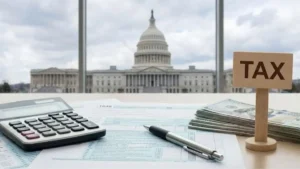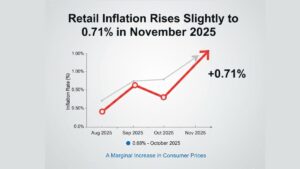In a move aimed at boosting digital payments and facilitating larger transactions, the Reserve Bank of India (RBI) has increased the upper limit for tax payments through the Unified Payments Interface (UPI) to Rs 5 lakh per transaction from the previous limit of Rs 1 lakh. This decision is expected to provide convenience to taxpayers, especially for high-value transactions, and is part of the RBI’s ongoing efforts to promote digital payments and reduce reliance on cash transactions.
Enhanced UPI Limit for Tax Payments
New Limit: The UPI limit for tax payments has been increased to Rs 5 lakh per transaction.
Previous Limit: The previous limit was Rs 1 lakh per transaction.
Purpose: To facilitate larger tax payments in a single transaction, reducing the need for multiple payments.
Benefits and Expectations
Convenience: The enhanced limit is expected to provide convenience to taxpayers, especially for high-value transactions.
Promotion of Digital Payments: This move is part of the RBI’s efforts to promote digital payments and reduce reliance on cash transactions.
Encouragement for Taxpayers: The central bank believes that this move will encourage more taxpayers to adopt digital payment methods for settling their tax liabilities.
Periodic Reviews and Enhancements
Categories Reviewed: The RBI has periodically reviewed and enhanced the limits for categories like capital markets, IPO subscriptions, loan collections, insurance, medical, and educational services.
Introduction of Delegated Payments
Delegated Payments: The RBI is exploring the introduction of ‘delegated payments’ through UPI.
Functionality: This feature will allow individuals to authorize another person to make payments using their UPI account.
Expected Impact: This product is expected to add to the reach and usage of digital payments across the country.
UPI’s Role in Digital Payments
User Base: UPI has a very large user base of 424 million individuals.
Transaction Volume Growth: The volume of UPI transactions skyrocketed from 12.5 billion in 2019-20 to 131 billion in 2023-24, now accounting for 80% of all digital payment volumes in the country.
Support from PIDF: The impressive growth has been supported by the Payment Infrastructure Development Fund (PIDF), which has bolstered the country’s payment infrastructure.




 India’s Net Direct Tax Collections Rise ...
India’s Net Direct Tax Collections Rise ...
 Retail Inflation Rises Slightly to 0.71%...
Retail Inflation Rises Slightly to 0.71%...
 India’s Foreign Reserves Touch $687.26 B...
India’s Foreign Reserves Touch $687.26 B...







